Do we try to help save the ship or head for a lifeboat?
It is a metaphorical dilemma that has been applied to Scotland’s position within the UK, in the face of the storms we are beset by courtesy of the British state.
In democratic terms, our predicament is stark and the history is clear.
Periods of Conservative government have been far more common than Labour administrations, but Scotland hasn’t voted Tory since 1955.
Arguably, the position is even more extreme, since in those days Conservatives in Scotland (who operated as a separate Scottish Unionist Party) required the votes and seats of their National Liberal allies to overtake Labour.
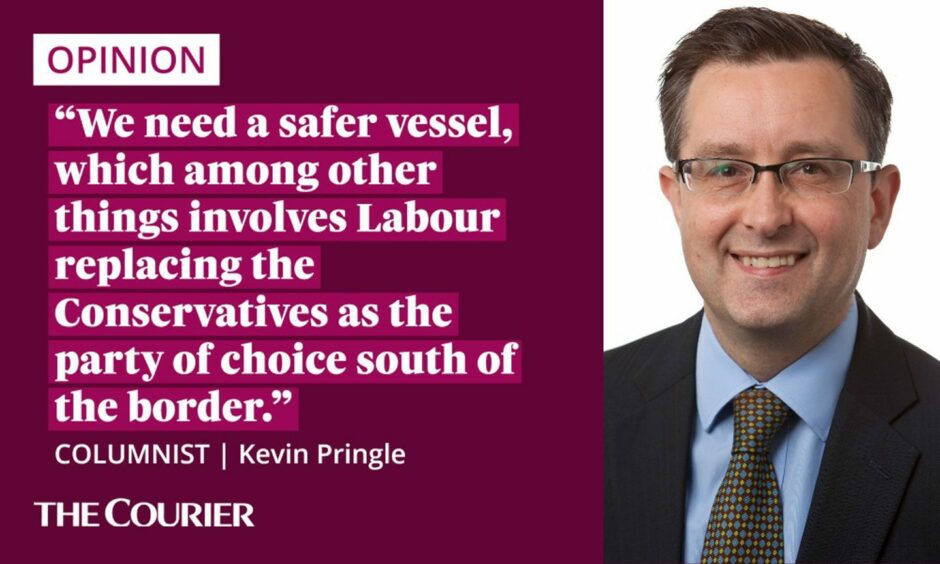
The Tories have almost never won an election by themselves in Scotland under normal conditions.
And yet, as often as not, Scotland has to thole long stretches of Conservative government from Westminster.
Devolution has mitigated the problem.
However, as Brexit demonstrates – where Scotland was dragged out of the EU despite voting decisively to remain – it cannot resolve it.
Westminster failings leave Scotland with a dilemma
In economic terms, the consequences of disastrous decision-making by Liz Truss’s government are there for all to see.
The “mini-budget” caused major chaos.
It has added to the country’s borrowing costs, provoked higher mortgage rates and shrinking pension pots, with billions likely to be cut from public services.
Things were supposed to get better after Boris Johnson was dispatched from Downing Street, not worse.
Compared to the halting explanations from the Prime Minister and her team of why cutting tax for the richest people more than anyone else was a marvellous and then a terrible idea in the space of 24 hours, Mr Johnson’s infamous “Peppa Pig” speech at the CBI conference last year was like the Gettysburg Address.
From the standpoint of the Scottish constitutional question, we are left with the quandary and imagery of a looming shipwreck.
Do Scots stay to bail water, in an attempt to stop the UK ship of state from sinking in a sea of failure?
Or do we proceed in as orderly a manner as we can muster towards the life raft of an independent Scotland?
As a long-term advocate of independence, I am of course attracted to that option in all circumstances, not least the present troubled waters.
There is a problem, though.
To continue with the seafaring analogy, Scotland finds itself lashed to the mast.
Labour government can steady ship for Scotland and rest of UK
If the UK Supreme Court, as is generally expected, judges that the Scottish Parliament cannot hold an independence referendum without consent from London, there will be no such vote next October.
And a “plebiscite” general election could be two years away.
I would argue that the lack of an agreed process for Scotland to become an independent country – with the UK government refusing to accept the mandate for a referendum from last year’s Holyrood election – is part and parcel of the UK’s current dysfunctionality.
Interestingly, @theSNP support has also gone up (+1 to 5% UK-wide, with the Scottish sample showing SNP at 44%). Labour doesn’t need Scotland to win . . https://t.co/fQiuyUaPjT
— Kevin Pringle (@KevinJPringle) September 29, 2022
Nonetheless, if we are stuck on the ship (at least for now) it must surely be reasonable to conclude that it’s to the benefit of people in Scotland, as much as anywhere else in the UK, that it stays afloat.
We need a safer vessel, which among other things involves Labour replacing the Conservatives as the party of choice south of the border, and thus Keir Starmer as prime minister.
There is a deeper reason why independence supporters should want more functional government at Westminster.
A better governed England, ideally moving towards closer alignment with Europe’s single market, will best serve the interests of a future independent Scotland.
These are choppy seas to navigate, but that seems to me like the right direction of travel.
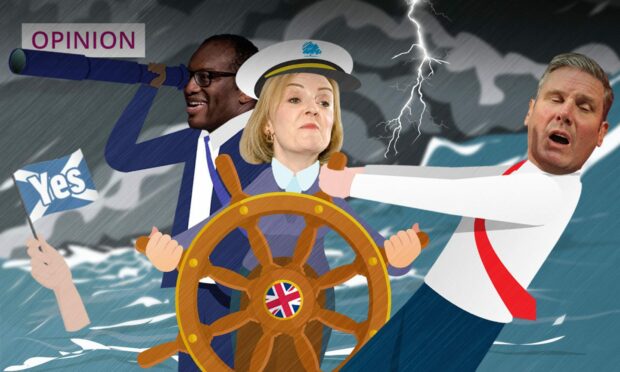
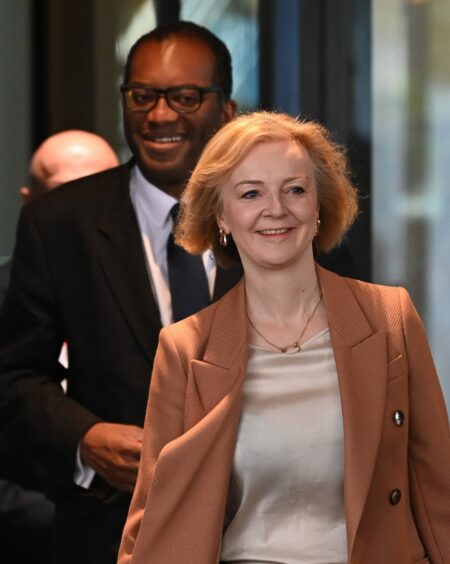
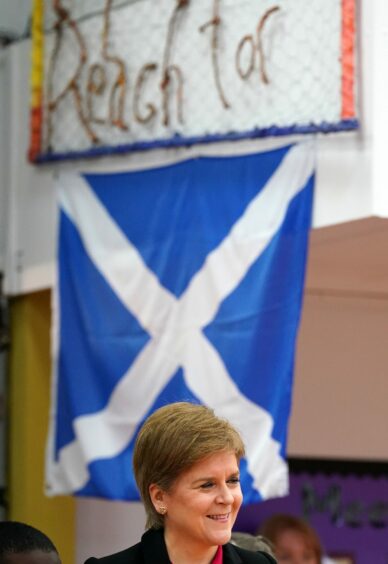

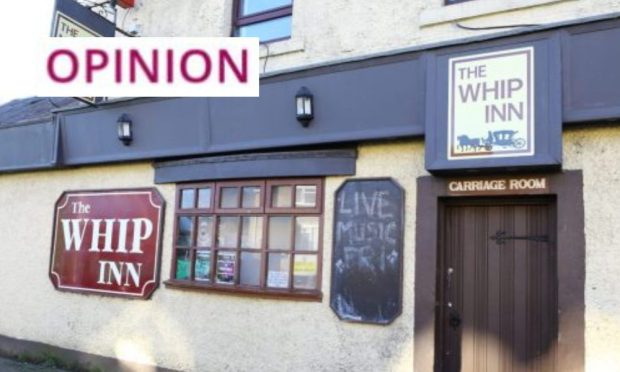
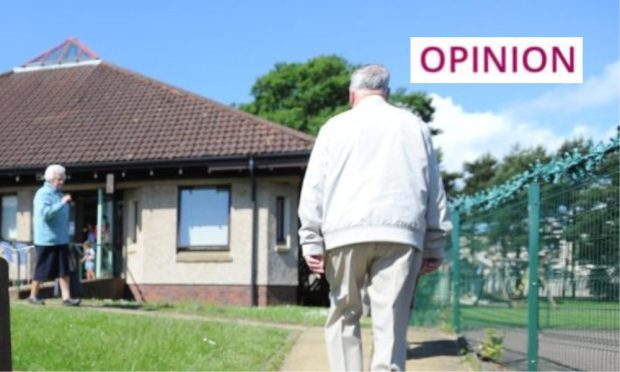
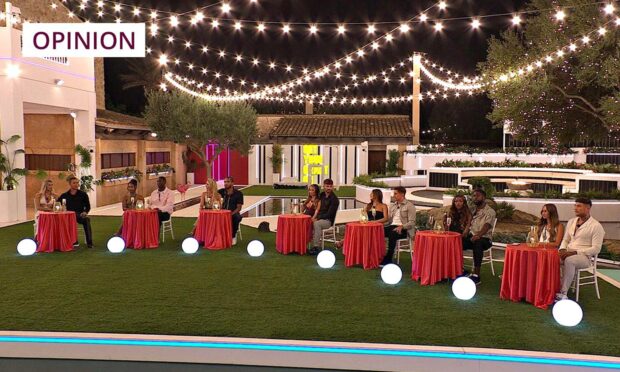
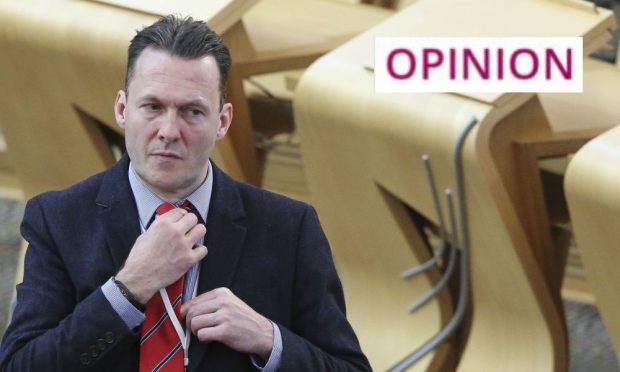
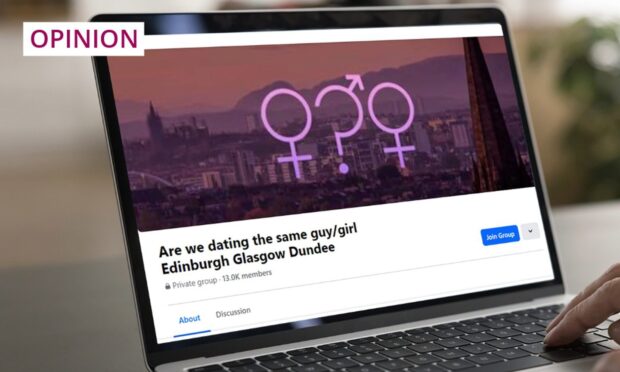
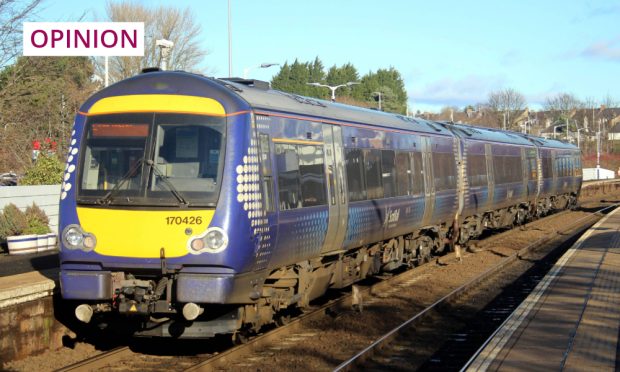

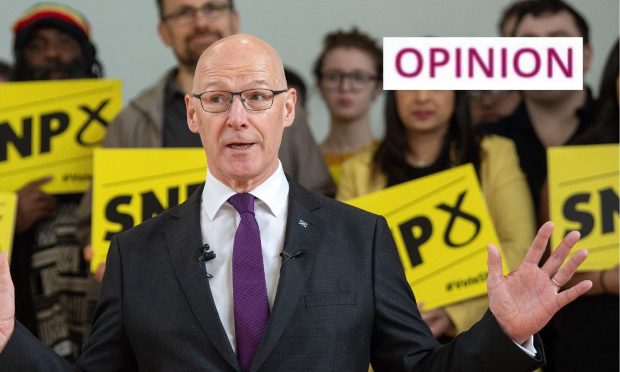
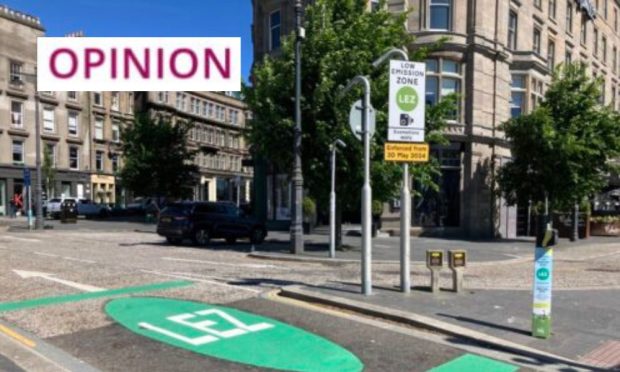
Conversation